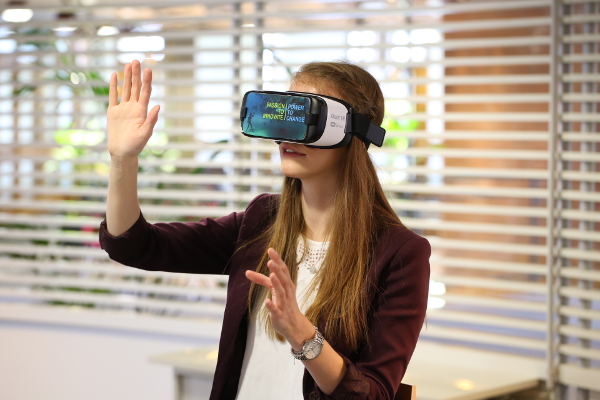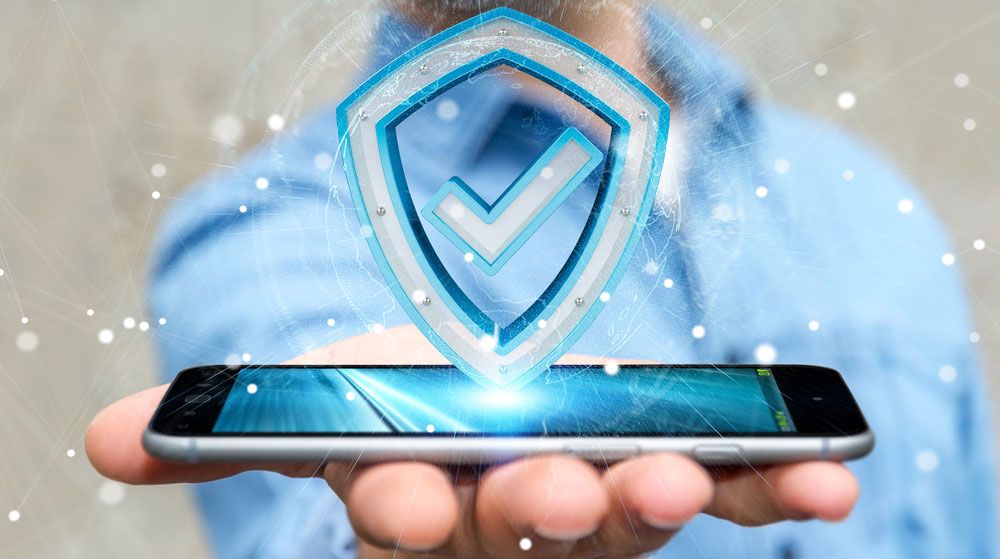
New technology informs of 5G, Augmented reality, and virtual reality promises a lot of advancement in achieving a dematerialized office. Currently, only sight and sound are transmitted over digital media.
From the online Industry Lab research conducted by Ericsson, it predicts that by 2030 the senses of touch, smell, and taste will also be transmitted by digital media.

The role of AR, VR, and 5G on the internet of senses
The internet of senses promises to communicate thoughts digitally and make interactions look real, in such a way that you can smell and taste a cake from a virtual room and touch things as if you were physically in that room.
Doing interactive virtual meetings rather than sitting behind a screen for hours and visiting virtual places to do business is also a possibility of the internet of senses.
COVID-19 has shown us that the internet is a vital resource and has helped us handle the uncertainties brought about by the pandemic. As people are advised to work from home, slow speeds, latency, and boring interactions have become challenges too, and improving connectivity is an essential thing.
Although full implementation of the 5G network will take time and resources, it assures to be a real deal in solving these problems.
While 5G provides stable and fast connectivity for real-time interactions, AR and VR will contribute to the realization of the internet of senses in the following ways.
Sight
From the research, about 70% said that AR glasses will connect human thought and be able to see them in the real-world in the next decade. In place of computer screens and other accessories, our brains will assume the user interface role.
You only need to think of commands, and they happen. From the report, augmented reality and virtual reality will revolutionize how we perceive the world.
Smell
44% expect we will be able to taste anything virtually by 2030. Imagine watching a TV program on cooking with the ability to taste the food and feel the aroma.
Taste
Also, by 2030 45% believe that humans will be able to influence how food tastes. If it becomes a reality, we will be able to heat healthy by enhancing everything to taste perfect how we want, including making warheads taste exactly like chocolate.
Touch
two-thirds of the respondents expect that digital devices will convey shapes and textures that feel like reality, with the ability of buttons to shrink when pressing pressure is applied. The report concludes that people will touch anything, anywhere, digitally.
Hearing
Headphones are expected to translate languages in the next 10 years. AR will be able to eliminate the language barrier and to allow you to communicate with anyone regardless of differences in tongues.

Barriers of the internet of senses
Achieving all the aspects of the internet of sense will need significant investment in it. 5G alone is expected to hit $2.7 trillion by 2021 to upgrade the infrastructure that supports it. Funding will be a major challenge as banks alone are unable to provide the necessary funding, and it might delay the developments beyond 2030.
IT security and privacy are other huge concerns. Incorporating all the senses and enabling thought control of devices will create many vulnerable points of attacks and fraud. From the report, 66% of the respondents said that you would be able to know when your fellow employee is upset and so by the employer. The challenge will be to find a balance between interactions, security, and privacy.
Benefits of Dematerialization of the office
In the event, the internet of senses becomes a reality by dematerializing an office, it will make organizations sustainable. There will be no costs of hiring offices, employees will save on transport fees and time wasted commuting to and from office.
AR and VR provide engineers with the ability to share their designs to be experienced before the real development and be able to make changes to them virtually before implementation. The interactions are from a first-person perspective.

